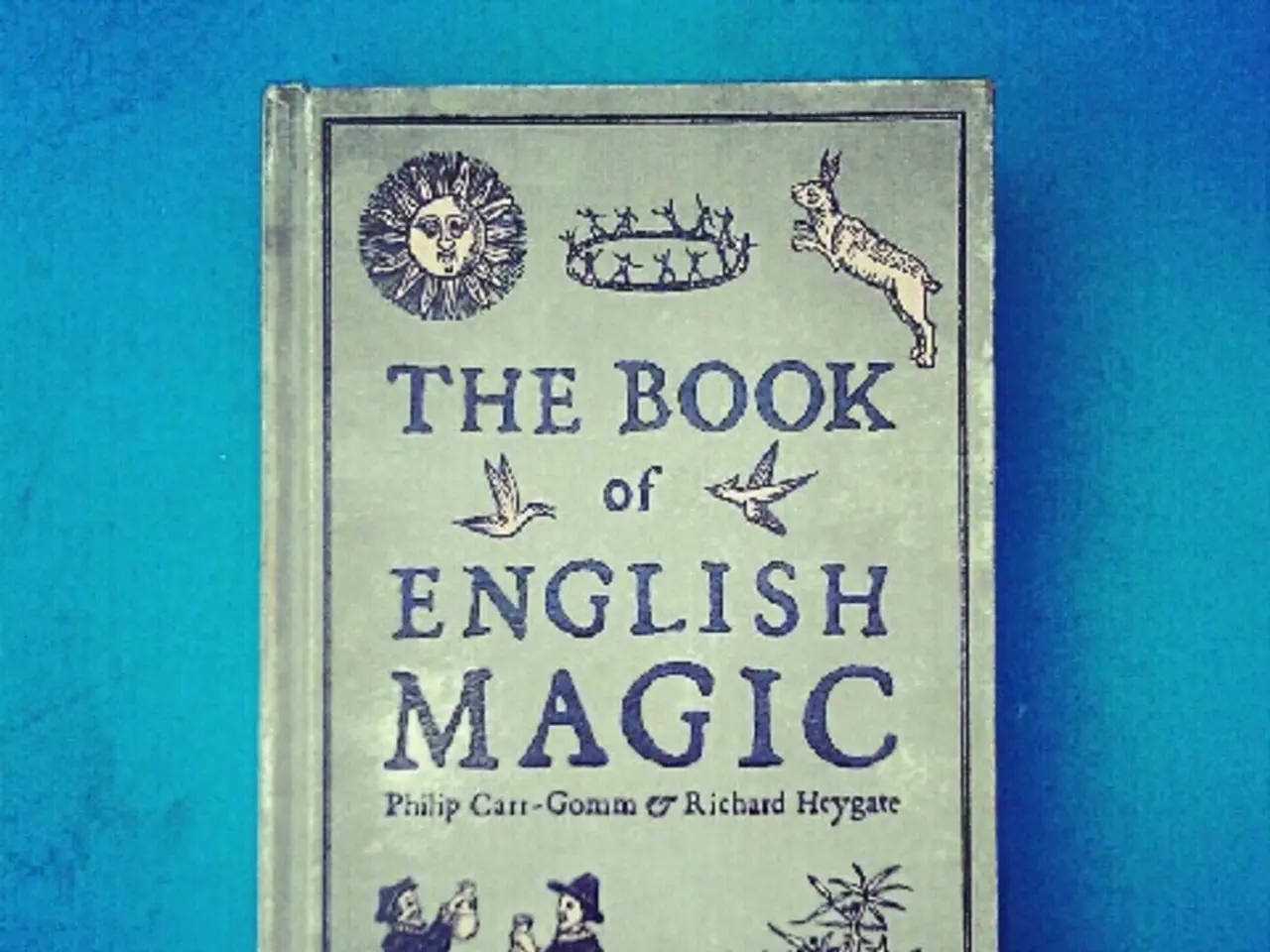Life Story of Elvis Presley
During the 1960s, Elvis Presley's career took a different direction, with a focus on movie productions and accompanying soundtracks. This period saw the release of films such as Blue Hawaii (1961) and Kissin’ Cousins (1964), which were primarily light comedic romances with musical interludes.
These films, however, were met with mixed reviews. Critics often found the soundtracks to be a hodgepodge of songs that lacked cohesion, with material that was sometimes formulaic or even "silly." This was a stark contrast to Presley's earlier work, which had been groundbreaking and influential in the realms of pop, country, and rhythm-and-blues.
Despite the critical reception, these films and their soundtracks were commercially successful enough to make Presley wealthy. However, the focus on quantity over quality led to a loss of artistic credibility and diminishing interest from the rock audience that gravitated towards new sounds by the Beatles and the Rolling Stones.
Many of the songs for these films were written by lesser-known songwriters associated with Hill and Range, the publishing house linked to RCA Records. The budgets of these movies were planned so that 50 percent of the total budget was allotted for Presley's salary, and he received a percentage of the profits. It was not unusual for RCA to release a Presley soundtrack while an earlier one was still on the charts.
After 1964, Colonel Parker, Presley's manager, insisted that Elvis record only soundtrack albums. This move, combined with the lower production costs sought by Parker, may have contributed to the decline in the quality of Presley's music during this period.
Some of the least successful songs from these films include "(There's) No Room to Rhumba in a Sports Car" from Fun in Acapulco, "Fort Lauderdale Chamber of Commerce" from Girl Happy, and "Petunia, the Gardener's Daughter" from Frankie and Johnny. Despite this, some individual singles released outside of movie contexts, like “It’s Now or Never” (1960) and “Can’t Help Falling in Love” (1962), represent his best work of the decade, independent of the film soundtracks.
Despite the artistic compromises, these movies were financially successful. For instance, Kissin’ Cousins, produced cheaply and shot in four weeks, made $3 million. This underscores the commercial viability of these movies, despite the artistic compromises.
After 1963, Elvis never again placed a record on the R&B charts, and after 1968, he didn't have a song on the country charts until 1968. This period marked a clear division between Presley's artistic and commercial endeavors, with his stronger musical output coming from singles not connected to his movies.
In summary, the 1960s saw Elvis become a predictable mass entertainer through numerous films and related soundtracks that were financially successful but creatively limiting. His strongest musical output of the decade came from singles not connected to his movies, highlighting a clear division between his artistic and commercial endeavors during this period.
Movies-and-tv productions in the 1960s, including films like Blue Hawaii and Kissin’ Cousins, provided entertainment for Elvis Presley but were met with mixed reviews due to the soundtracks' inconsistency and sometimes formulaic or silly material.
This period of focusing on movies and their accompanying soundtracks, however, was financially successful enough to make Presley wealthy but led to a loss of artistic credibility and diminishing interest from rock audiences.







